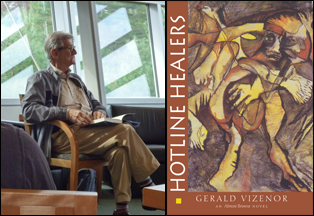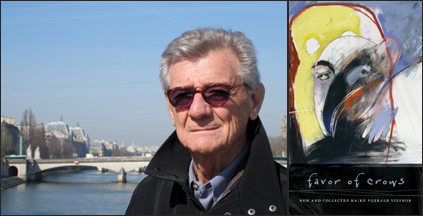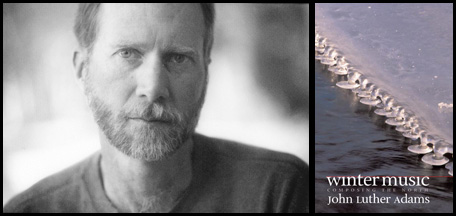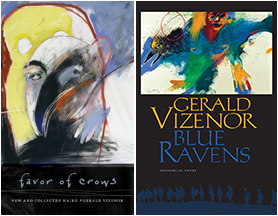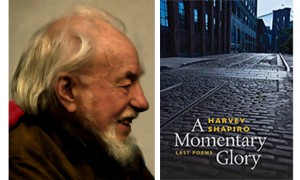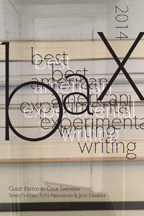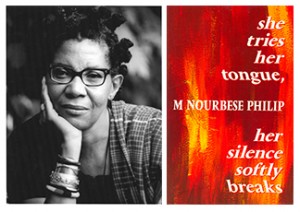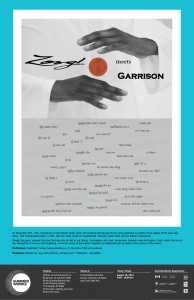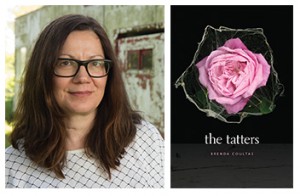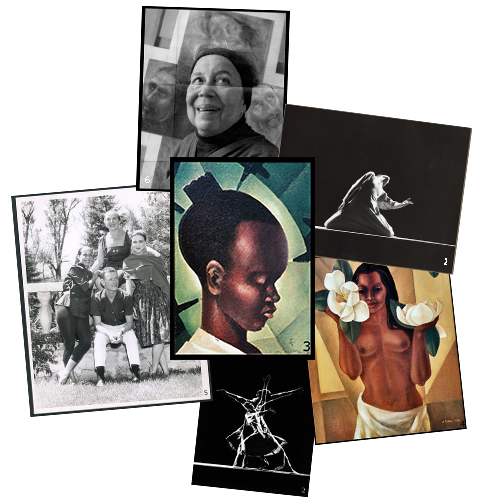
With Fall quickly approaching, we look forward to the many agricultural fairs happening across Connecticut. Attending a fair is the perfect way to enjoy Connecticut’s beautiful Fall weather, and colors, with your family, friends, or that special someone!
Wesleyan University Press is dedicated to publishing books to support Connecticut history and culture. Our Connecticut-related titles include some great Autumn reads: Becoming Tom Thumb by Eric D. Lehman, Connecticut’s Fife and Drum Tradition by James Clark, The Old Leather Man by Dan W. DeLuca, Hidden in Plain Sight by David K. Leff, African American Connecticut Explored edited by Elizabeth J. Normen, and Barns of Connecticut by Markham Starr, among other books.
Here is a schedule of Fall 2014 agricultural fairs and festivals in Connecticut:
Hebron Harvest Fair 2014
347 Gilead Street
Hebron, CT
September 4-7, 2014
Hours: Thursday, 4-10pm; Friday, noon-11pm.; Saturday, 9am-11pm; Sunday, 9am-8pm. Admission: $12-13; parking, $5.
North Haven Fair 2014
Washington Avenue (Route 5)
North Haven, CT
September 4-7, 2014
Hours: Thursday, 5-10pm; Friday, 3-11pm; Saturday, 10am-11pm; Sunday, 10am-7pm Admission: $10; senior on Sunday only, $5; children under age 12 admitted free when accompanied by an adult.
Wapping Fair 2014
Evergreen Walk, 100 Cedar Avenue
South Windsor, CT
September 4-7, 2014
Admission: Adults, $6; seniors over age 64, $3; children 57 inches tall and taller, $6. Hours: Thursday 6-10; Friday 6-11pm; Saturday 10am-11pm; Sunday 10am-6pm. Parking is free.
Bethlehem Fair 2014
284 Main Street
North Bethlehem, CT
Phone: 203-266-5350
September 5-7, 2014
Admission: General, $9; seniors, $7, Saturday and Sunday only; children under age 12, free with an adult. Hours: Friday, 5-10pm; Saturday, 8am-9:30pm; Sunday, 8am-5:30pm
East Haven Fall Festival on the Green 2014
Town Green, Main and River streets
East Haven , CT
September 5-7, 2014
Hours: Friday, 6-11 pm; Saturday, noon to 11 pm; Sunday, noon-6 pm with a car show at 9am.
Ledyard Fair 2014
Route 117
Ledyard, CT
Phone: 860-464-912
September 5-7 2014
Hours: Friday, 6-11pm; Saturday, 9am-11pm; Sunday, 11am-6pm. Admission: Adults, $8; seniors and youth age 13-18, $5; 3-day pass, $13; children under age 11, free. Parking: Free at junior and senior high school with shuttle bus to fair. Pets: Service animals only.
Norwalk Oyster Festival 2014
Veteran’s Memorial Park, 42 Seaview Avenue
Norwalk, CT
Phone: 203-838-9444
September 5-7, 2014
Hours: Friday, 6-11pm; Saturday, 11am-11pm; Sunday, 11am-8pm. Admission: Friday $10, Saturday/Sunday $12. Seniors $10, Children ages 5-12 $5, US Military Personnel on Active Duty: Free with ID.
Connecticut Maritime Heritage Festival 2014
Fort Trumbull and other parts of the New London waterfront
New London, CT
September 11-13, 2014
Four Town Fair 2014
Egypt Road and Billings Road
Tolland, CT
Phone: 860-749-6527
September 11-14, 2014
Hours: Thursday/Friday 4-11pm, Saturday 8am-11pm, Sunday 8am-7:30pm. Admission: Friday, Saturday, Sunday, $10; Thursday, $6; children age 12 years and younger, free; seniors all day Thursday and Friday, $5.
Newtown Arts Festival 2014
Fairfield Hills, Trades Lane
Newtown, CT
Phone: 203-417-0862
September 13-14, 2014
Hours: 10am-6pm. Admission: $5. Children 12 & under FREE.
Guilford Agricultural Fair 2014
Guilford Fairgrounds, Lovers Lane
Guilford, CT
September 19-21, 2014
Hours: Friday, 1-11pm; Saturday, 9am-11pm; Sunday 9am-7pm. Admission: Adults, $10; seniors, $8; children age 6-11, $5; 3-day pass, $25.
Milford Irish Festival 2014
Fowler Field Rotary Pavilion behind the Milford Public Library, 57 New Haven Avenue
Milford, CT
Phone: 203-874-7275
September 19-20, 2014
Hours: Friday 6-11pm, Saturday 11am-11pm. Admission: Friday $5, Saturday $12.
Harvest Festival at Haight-Brown Vineyard 2014
Haight-Brown Vineyard, 29 Chestnut Hill Road
Litchfield, CT
Phone: 860-307-5426
September 20-21, 2014
Hours: 11am – 6pm, both days. Admission: $25; kids under age 21, $10.
Harvest Festival at Stonington Vineyards 2014
Stonington Vineyards, 523 Taugwonk Road
Stonington, CT
Phone: 860-535-1222
September 20-21, 2014
Hours: 12-6pm. Admission: Advance tickets $20, Day-of tickets $25.
Orange Country Fair 2014
525 Orange Center Road
Orange, CT
September 20 & 21, 2014
Hours: Saturday, 8am-7pm; Sunday: 8am-6pm. Admission: Adults, $7; seniors, $5; free parking and shuttle.
Durham Fair 2014
Main Street and Fowler Avenue
Durham, CT
September 25 – 28, 2014
Hours: Thursday, 4-10 pm; Friday and Saturday, 9am-10pm; Sunday, 9am-7pm. Admission: Adults, $10-$15, depending on the day; children age 11 and younger admitted for free.
16th Annual Connecticut Renaissance Faire
Dodd Stadium – 14 Stott Avenue
Norwich, CT 06360
Phone: 860-478-5954
Saturdays, Sundays and Columbus Day, Sept. 27 to Oct. 26, 2014
Hours: 10:30am-6pm. Parking: Free of charge. Admission: General (Ages 16+) $17, Youth (7-15) $10, Children 6 & under FREE.
New England Acoustic Music Festival 2014
Main Street between Front (Route 44) and Lee streets
Putnam, CT
September 27, 2014
Hours: Gates open at 11:30 a.m. and music starts at noon. Festival ends at 9 p.m. Admission: $15 in advance and $20 at the door (includes one serving of beer, soda or water).
Oktoberfest at Quassy 2014
Fieldside Pavilion, Quassy Amusement Park, Route 64
Middlebury, CT
Phone: 203-758-2913
September 27-28, 2014
Hours: 12-6pm. Admission: Free! Parking $6 per vehicle.
Berlin Fair 2014
Berlin Fairgrounds, 430 Beckley Road
East Berlin, CT
Phone: 860-828-0063
October 3-4, 2014
Hours: Friday, 11am – 10pm.; Saturday, 9am-10pm; Sunday, 9am-7pm. Admission: Adults, $12; seniors, $8; children under age 11, free.
Southington Apple Harvest Festival 2014
On and around Town Green
Southington, CT 06489
October 3-5 and 10-12, 2014
Hours: Fridays, 5-9pm; Saturdays, 9am – 9pm; Sunday, October 5, noon – 7pm; Sunday, October 11, noon – 5pm. Admission: Free admission and parking.
Old Wethersfield Fall Craft Fair 2014
Cove Park
Old Wethersfield, CT
October 4, 2014
Hours: 10am-4pm. Admission: $6, Children 12 and under FREE. Ample free parking!
Blue Slope Country Museum Fall Tyme Fest 2014
Blue Slope Country Museum, 138 Blue Hill Road
Franklin, CT
October 4-5, 2014
Hours: Saturday, 10am-4pm; Sunday, 10am-3pm. Admission: Adults, $7; children age 4-14, $4.
Fall Festival & Swap Meet 2014 at Zagray Farm Museum
Zagray Farm Museum, 544 Amston Road (Route 85)
Colchester, CT
October 4-5, 2014
Hours: 8am-3pm. $5 per car.
Harwinton Fair 2014
Locust Road
Harwinton, CT
Phone: 860-485-0464
October 4-5, 2014
Hours: Saturday, 8am-6pm; Sunday, 8am-5pm. Admission: Adults, $7; children age 12 and younger, free.
Portland Fair 2014
Exchange Club Fairgrounds, Route 17A
Portland, CT
Phone: 860-342-0188
October 10-12, 2014
Hours: Friday, 5pm-11pm; Saturday, 10am-11pm; Sunday, 10am-5:30pm. Free off-site parking. Admission: Adults, $10; seniors, $6; children (under age 10), free.
Riverton Fair 2014
Route 20
Riverton, CT
Phone: 860-738-4227
October 10-12, 2014
Hours: Friday, 5-10pm; Saturday and Sunday, 8am-6pm. Admission: Adults, $5; children under age 12, free. Free parking. Pets: Service animals only.
Garlic and Harvest Festival 2014
Bethlehem Fairgrounds, 384 Main Street North (Route 61)
Bethlehem, CT
Phone: 203-266-7810
October 11-12, 2014
Hours: 10am to 5pm. Admission: Adults, $7; seniors, $6; children under age 12, $1.
Scotland Highland Festival at Waldo Homestead 2014
Edward Waldo Homestead, 96 Waldo Road
Scotland, CT
October 12, 2014
Hours: 8 a.m.-4:30 p.m. Admission: Adults, $15; seniors and students, $10; kids age 6-12, $5. Parking location address: 130 Devotion Road, Scotland
Roseland Cottage Fine Arts & Crafts Festival 2014
Roseland Cottage, 556 Route 169
Woodstock, CT
October 18-19, 2014
Hours: 10am-4:30pm. Admission: Free for Historic New England members and children under 12; $5 for nonmembers.
We wish you all the best for this lovely season!
